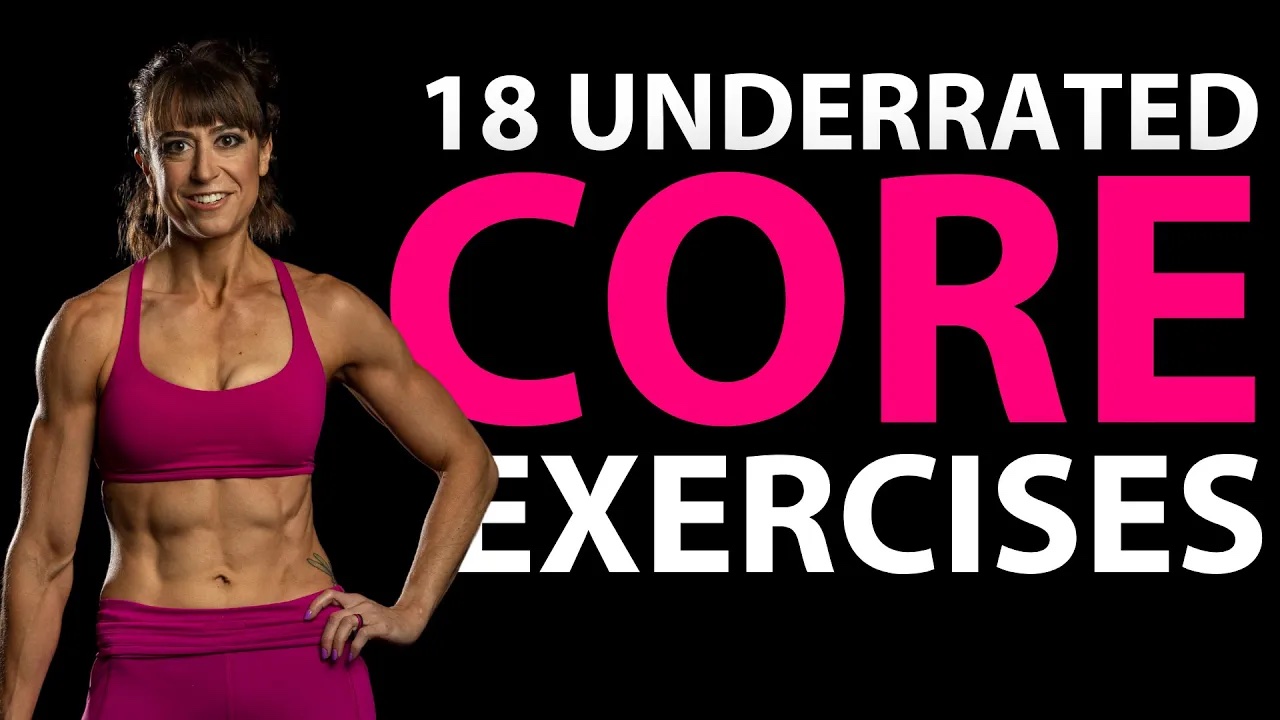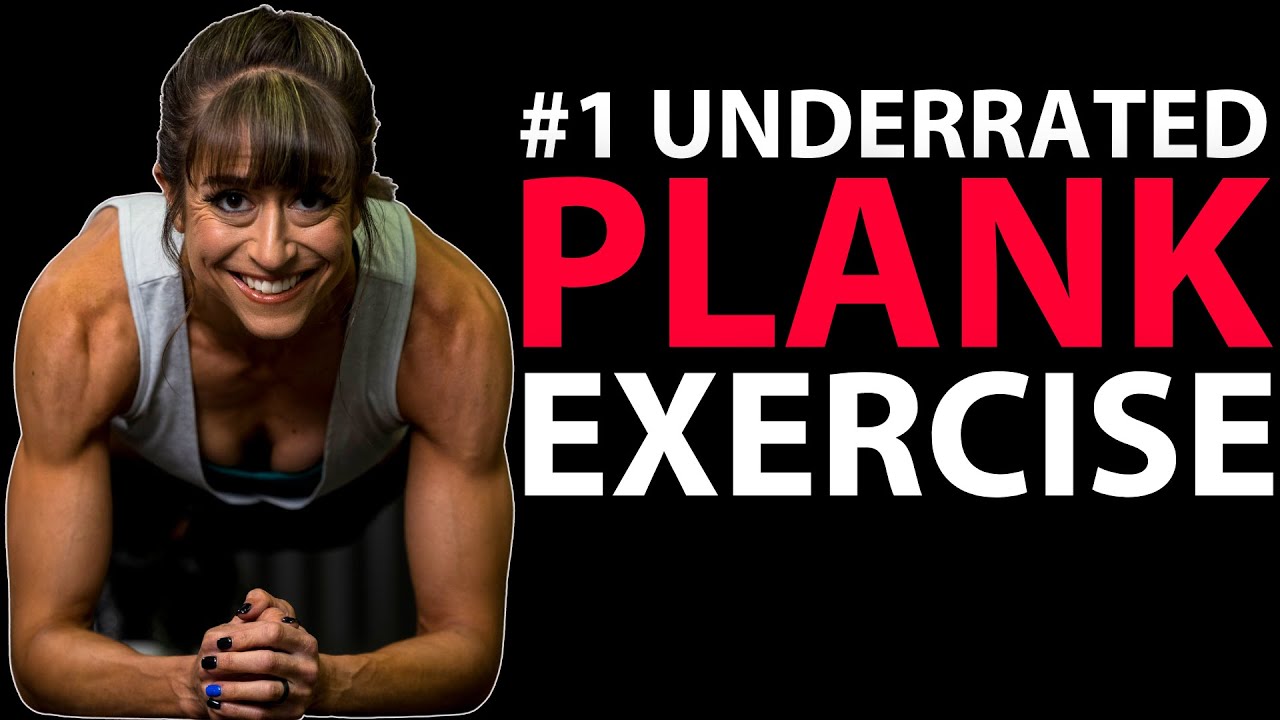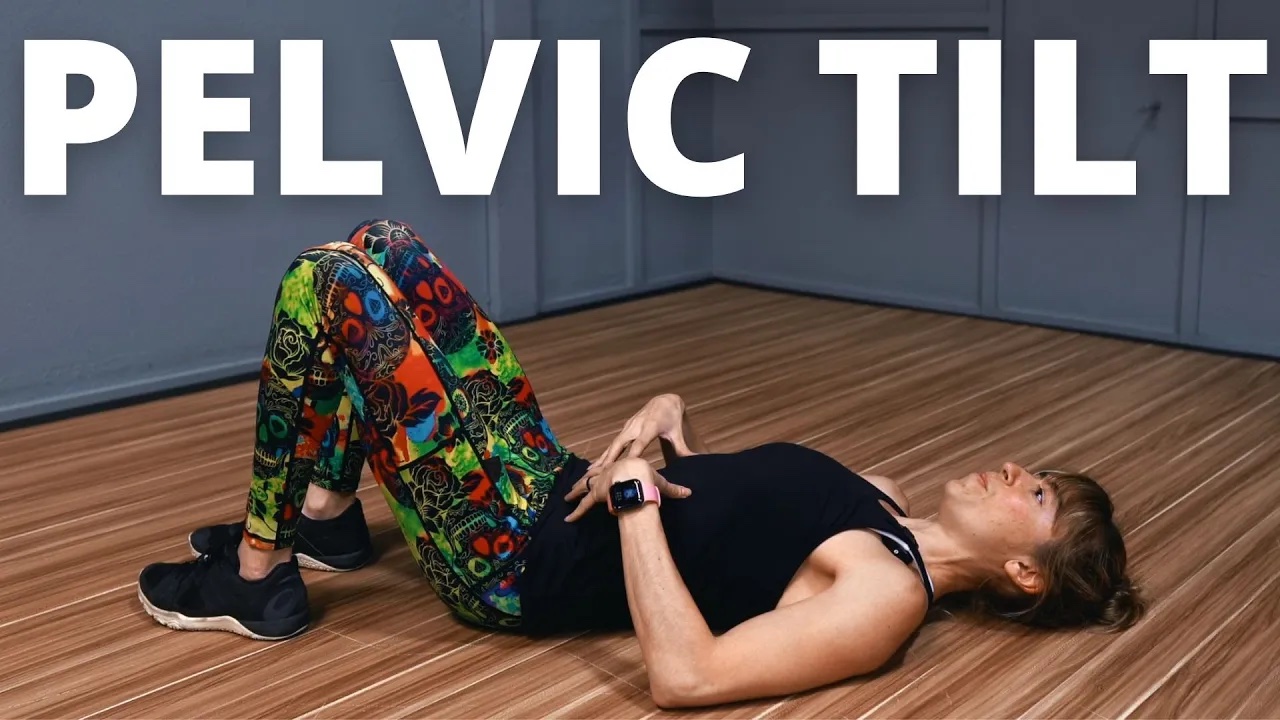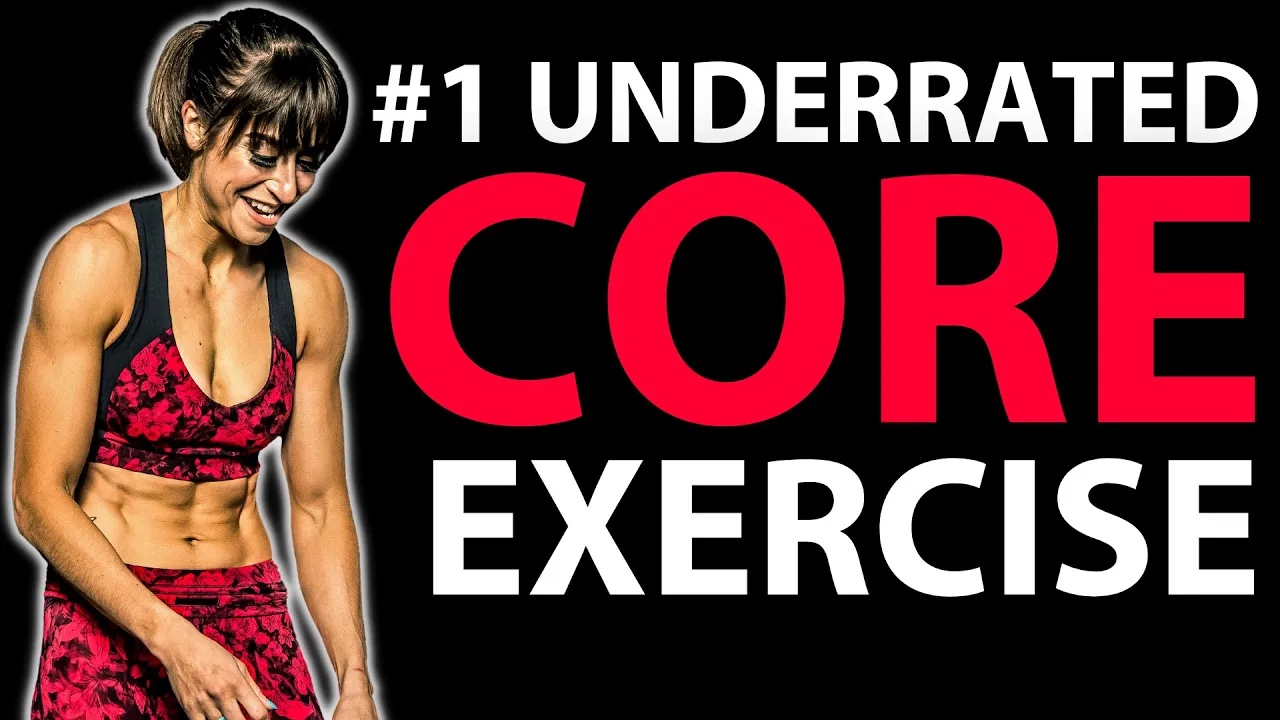
The Best Core Exercise (Everyone Hates)
Teapots have gotten a lot of hate in recent years.
But unpopular opinion. I think the hate is unwarranted.
They can actually be an amazing move to include in your workout routine when implemented correctly.
I say this often but there are no bad exercises…
Just misused moves that aren’t right for our needs or goals that need to be modified for us at this phase in our journey!
And too often these days a missing component of our core training routines IS lateral flexion movements.
Our spine and the muscles of our core are meant to side bend.
Learning to control this movement in our workouts is key to helping us avoid unwanted strain on our spine when we lift and move in everyday life.
Not to mention, by simply writing it off because someone said it was bad for them, means we could be missing out on a move that perfectly addresses OUR unique needs.
Can’t get down on the ground?
Well the teapot is an amazing STANDING core move.
Need to address an imbalance between each side?
Well the teapot is an amazing UNILATERAL core move.
There is so much opportunity with different exercises if we simply seek to learn more about them and when and why they may work, or not work, for us and our goals.
That’s why I first want to go over some key pointers for using this exercise correctly, such as ways to include it in your workout routine, and even variations so you can build up and work your core in a way that matches your needs and goals!

USING TEAPOTS:
Now if you’re thinking about grabbing as heavy a weight as possible for your teapots and doing only a couple or reps, this is not the exercise for that type of loading.
While creating progression even in our ab and core routines is key, moves like the teapot should never be about constantly just going heavier and heavier, especially for lower rep work.
Moves like this should most often be progressed through changes in equipment, tempos and even to some extent volume (adding a few more reps).
While you can add loads, you want to be conscious that you aren’t trying to max out. You want to be in full control of that range of motion.
And often you will want to work in that 10-20 rep range based on your experience with lateral flexion and any injuries.
Keeping the reps higher and loads challenging but overall lighter is key especially starting out.
You also want to note that this lateral flexion exercise often puts more emphasis on the eccentric, and because it applies more load when the muscle is stretched, can make you VERY sore even with lighter weights starting out.
That’s why even opting for just a round or two to start of those higher reps at the end of your workout can be good.
It’s key you move slowly and work through only the range of motion you can control.
But because strengthening and controlling that movement is so key, again starting lighter is best.
Really focus on that slow lower down of the weight at your side and don’t twist or rotate to get the range of motion bigger.
When you lower you aren’t focusing on the side that is actually flexing…
You’re focusing on the STRETCH on the opposing side.
And then to move back up to standing, you will feel that stretched side PULL your torso back up straight.
While you can crunch slightly to the other side, the focus should be on that eccentric lower down to the move back upright.
Too often we rush through movements over focusing on what we feel working.
Now as amazing as this move can be, one exercise in one form is not right for everyone.
And while this traditional teapot may be done with a dumbbell or kettlebell down by your side, there are other variations you can use based on the tools you have and even your specific needs.
VARIATIONS:
There are so many ways to address and implement lateral flexion into your routine – from more isolated oblique crunches to variations of the teapot.
You can simply change the type of tool you use while doing the same basic teapot, trading a dumbbell for a kettlebell or plate weight.
(The plate weight especially can be a great too for one, working on your grip strength in a different way!)
You can even keep the same loading placement and use a cable or band anchored down low to apply resistance in a new way. The band anchored down low will really challenge your core as you pull to come back up!
This simple change in types of resistance can be a great way to progress this move as you advance with it to challenge your body in new ways.
You can also change loading placement, anchoring the resistance overhead by using a cable or even doing a variation of this in the suspension trainer.
This will also change the focus from being on your OPPOSING side, to the same side you’re bending toward.
But so often little changes like this can create progression through the same but different and really help improve our mind-body connection because we are working the same muscles but in a new way.
And if you have no tools available, you don’t have to miss out on the benefits of this amazing move.
Side plank hip dips are a great way to work on that lateral flexion without any equipment.
If the full version off the ground isn’t right for you, modifying the side plank off an incline, such as a bench, allows you to really use this move to your advantage and control that lateral flexion.
Just make sure you’ve engaged your back to support your shoulder and have flexed your feet, especially if your feet are stacked, to protect your knees.
And as important as it is to work through that range of motion to strengthen the muscles that power the lateral flexion movement, it can also be key to include some ANTI-FLEXION exercises as well.
Learning to PREVENT unwanted flexion or movement is equally as important.
And you can strengthen those muscles to stabilize using different anti-flexion moves as well.
It’s why things like side plank holds or the stability or pallof press can also be key to include.
But too often we aren’t using both and we’re even valuing one over the other instead of seeing the opportunity in combining both in our routines.
Remember moves are only as good as their implementation.
And lateral flexion, and the ability to avoid it, are key movement patterns we want to learn to control.
Train them in the gym to become stronger and functionally fit!
Looking for amazing workouts to help you rock those results?
Join my Dynamic Strength program!
–> LEARN MORE






